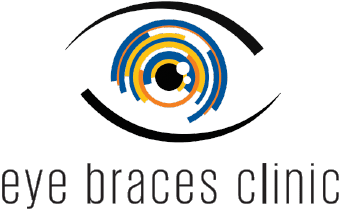VISION REHABILITATION FOR KERATOCONUS & OTHER CORNEAL DYSTROPHIES
The cornea is the transparent outermost layer of the eye that allows for light to pass. It is crucial for refracting and focusing light and protecting the internal ocular tissues, which are vital to your vision.
However, corneal erosion may occur, causing irregularities on the ocular surface. This affects the cornea’s ability to help the eye to focus properly and leads to blurred or distorted vision. Over time, corneal degeneration can cause the loss of vision and other issues.
Previously, patients with corneal diseases or degeneration, such as keratoconus, would need to undergo invasive procedures such as corneal transplants.
Fortunately, with the advancement of the field, patients can now choose from a variety of less invasive vision correction options!
Through the prescription of specially designed contact lenses, we help patients with various corneal diseases and degeneration to correct their vision, and improve their quality of life.
Wondering how specialty contact lenses can help with vision rehabilitation?
Make an appointment with our trusted optometrists at Eye Braces Clinic today! We can help you make an exact diagnosis and recommend the best course of vision correction.
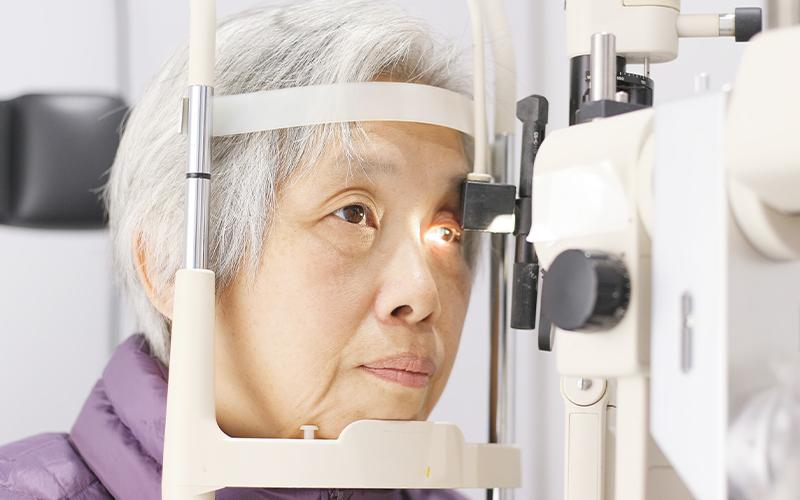
TYPES OF CORNEAL DISEASES/DYSTROPHIES
Keratoconus
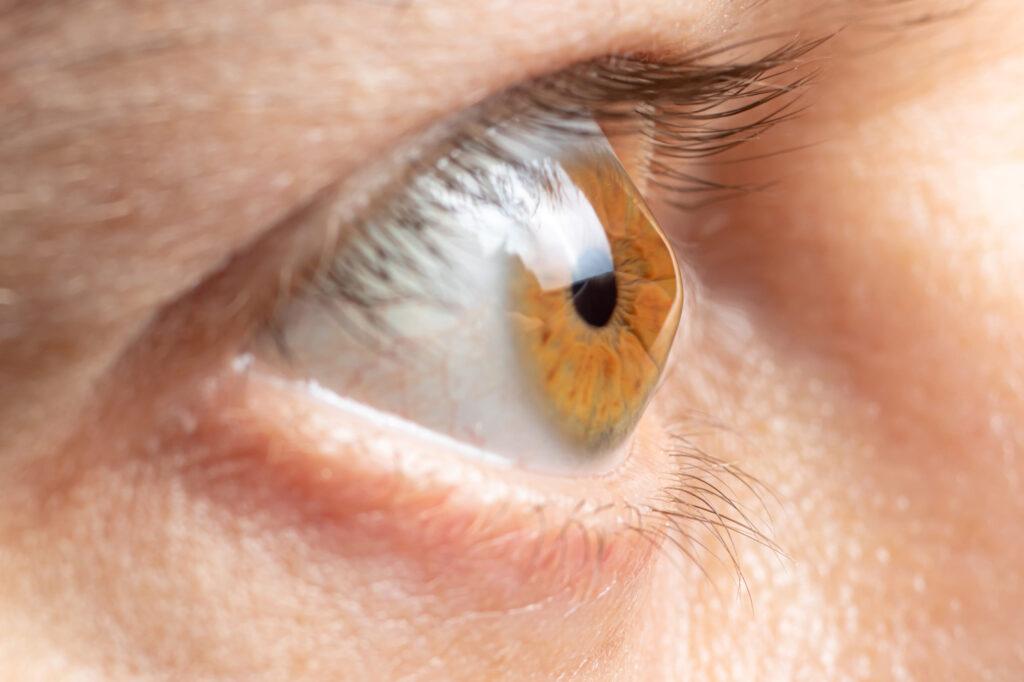
Keratoconus is a progressive eye condition in which the normally round, dome-shaped cornea thins and gradually bulges outward into a cone shape. This abnormal shape prevents the light entering your eye from being focused correctly on the retina and causes distorted vision.
Symptoms of keratoconus typically start to appear in the late teens or early twenties.
At first, they may simply seem like a change in prescription, but as the condition progresses, the symptoms can become more severe. These symptoms may include:
Blurred or distorted vision
Increased sensitivity to bright light and glare
Problems with night vision
Sudden worsening or clouding of vision
The exact cause of keratoconus is unknown, but it’s thought to be a combination of genetic and environmental factors. Some research suggests that eye rubbing and certain allergic diseases may contribute to the progression of the disease.
Wearing glasses, soft contact lenses, or specialty contact lenses that modify the shape of the cornea can help most people with keratoconus solve their visual problems.
To reinforce your cornea on a longer-term basis, your optometrist may suggest a procedure called corneal collagen cross-linking.
However, advanced keratoconus patients might need corneal transplant to regain clear vision.
CORNEAL DEGENERATION
Corneal degeneration refers to a non-inflammatory condition where there is a deterioration or alteration of the normal structure and function of the corneaL tissue. Unlike genetic dystrophies, degenerations are often related to aging, environmental factors, or systemic diseases.
Symptoms of corneal degeneration can vary but often include
cloudy or blurry vision
eye pain or irritation
foreign body sensation
The goal is to manage symptoms and can include eye drops, medications, or in some cases, surgical intervention. In severe cases, a corneal transplantation may be needed.
CORNEAL SCARRING
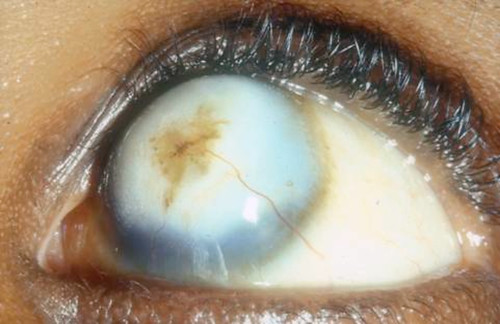
Corneal scarring is a condition where the cornea becomes clouded with scar tissue. This scarring can significantly interfere with vision by blocking or distorting light as it enters the eye.
Symptoms of corneal scarring include blurred vision, light sensitivity, eye pain, redness, tearing, or a decrease in vision clarity.
The management and procedure options for corneal scarring depends on the cause and severity of the scar. Mild scarring may not require complex actions or may be improved with the use of corrective lenses.
More severe scarring may require surgery, such as corneal transplantation, phototherapeutic keratectomy (PTK), or other procedures to improve vision. In some cases, the scar may not be removable, and vision may not be fully recoverable.
As such, prevention and early management of conditions that can lead to scarring is key.
HOW TO MANAGE KERATOCONUS AND CORNEAL DEGENERATIONS

Dealing with these conditions varies depending on the eye condition and type of degeneration.
Those with mild symptoms may be addressed with specialised eye drops, which serve to lubricate the eye to reduce discomfort and pain that result from corneal degeneration.
Conditions such as keratoconus or corneal dystrophies can be corrected by wearing contact lenses such as Ortho K, scleral lenses or rigid gas-permeable contact lenses.
Unlike the soft contact lens that you may be familiar with, these specialty contact lenses each serve different functions that aid in correcting your unique vision problems.
The suitability and type of specialty lenses depend on the severity, while early-stage patients may have the option to wear prescription spectacles and standard soft lenses instead.
BEGIN YOUR PATH TO CLEAR VISION WITH EYE BRACES CLINIC
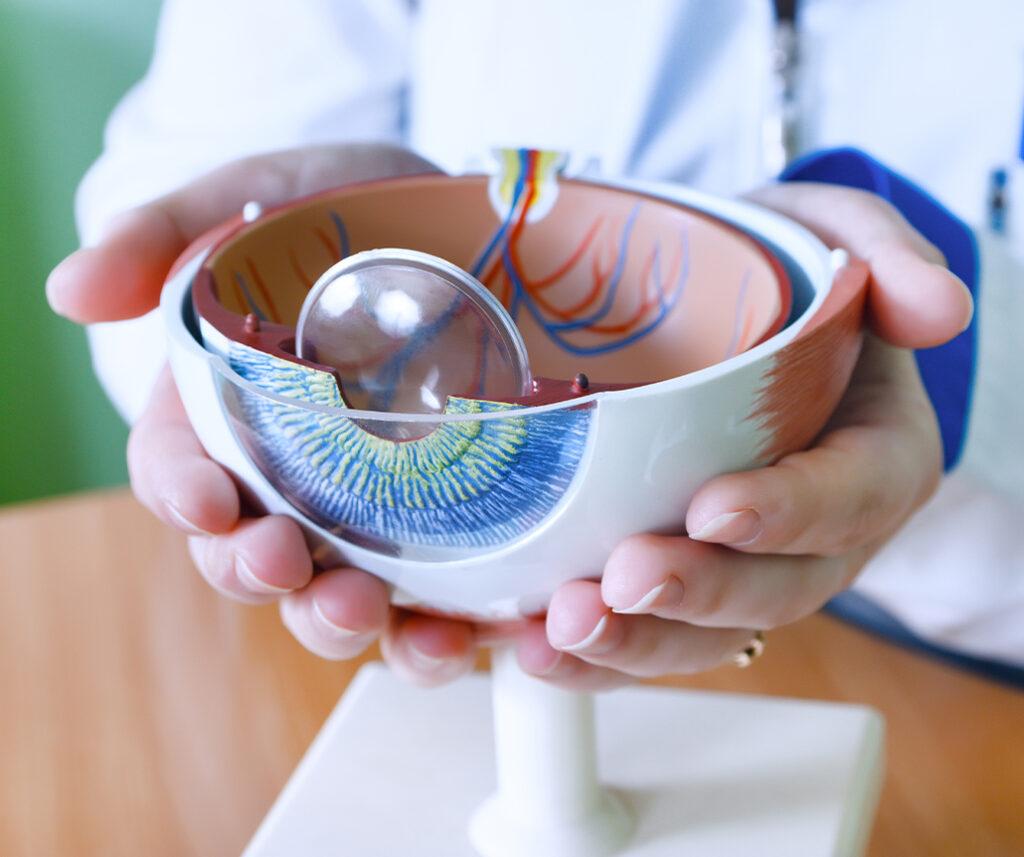
Don’t let corneal diseases and degeneration cloud your world.
If you suspect any issues with your eyes, a consultation with an eye doctor is essential, as we can provide a proper diagnosis and eye care aids plan tailored to your specific condition.
Our team of expert ophthalmologists and state-of-the-art rehabilitation programs are designed to restore clarity to your vision and quality to your life. We believe everyone deserves to see the world as clearly as possible, and we’re committed to making that vision a reality for you.
With personalised services, cutting-edge eye care, and comprehensive support, we’ll walk beside you on your journey to clearer sight.
Take the first step towards a brighter future by investing in your eye health today!
